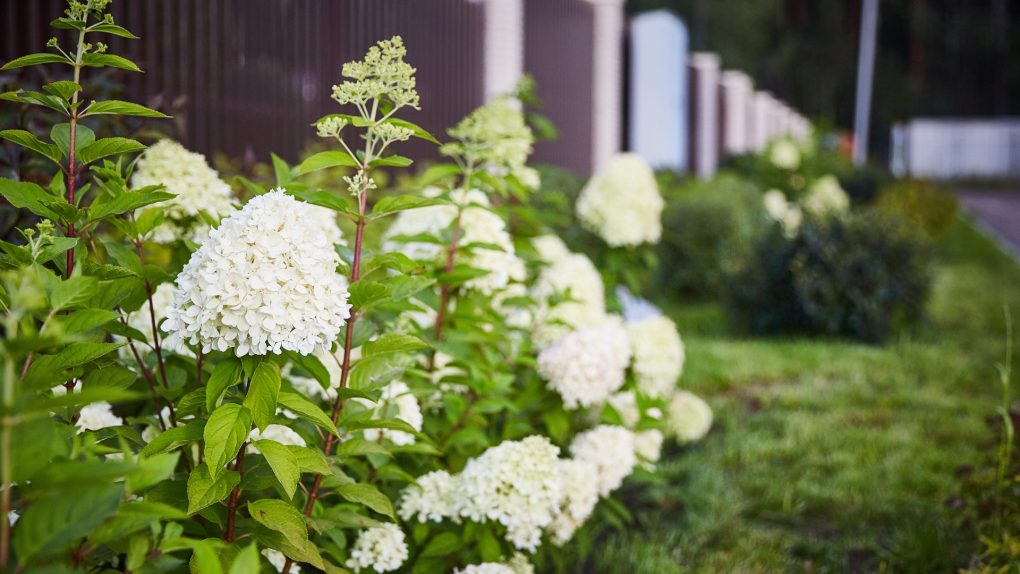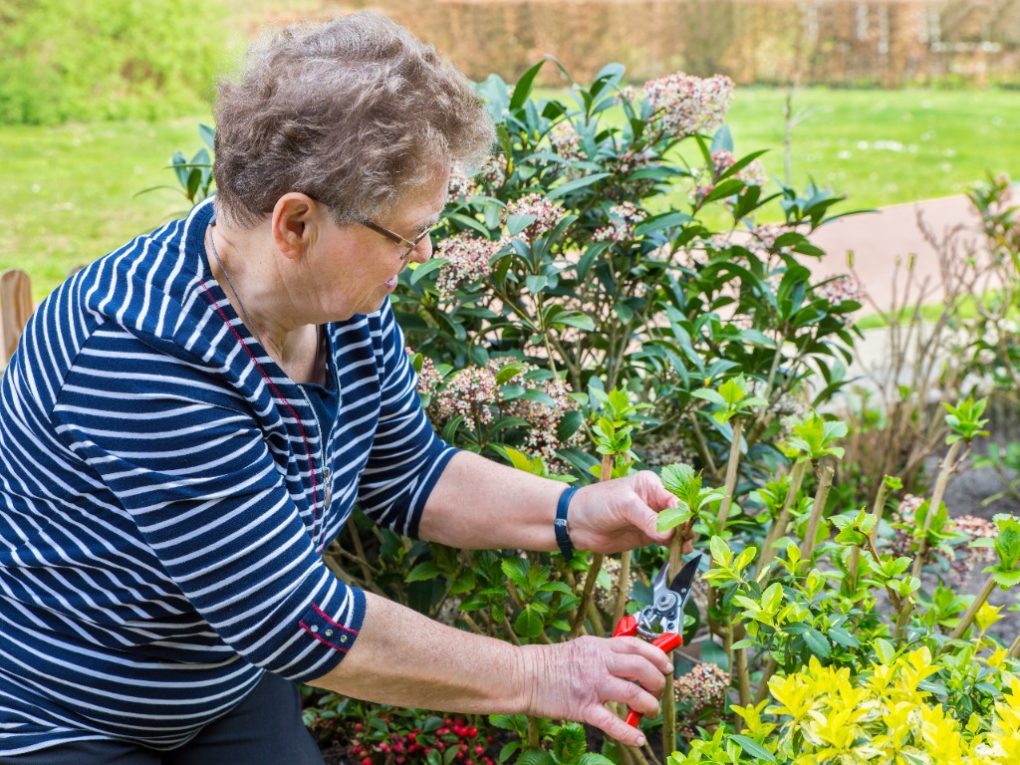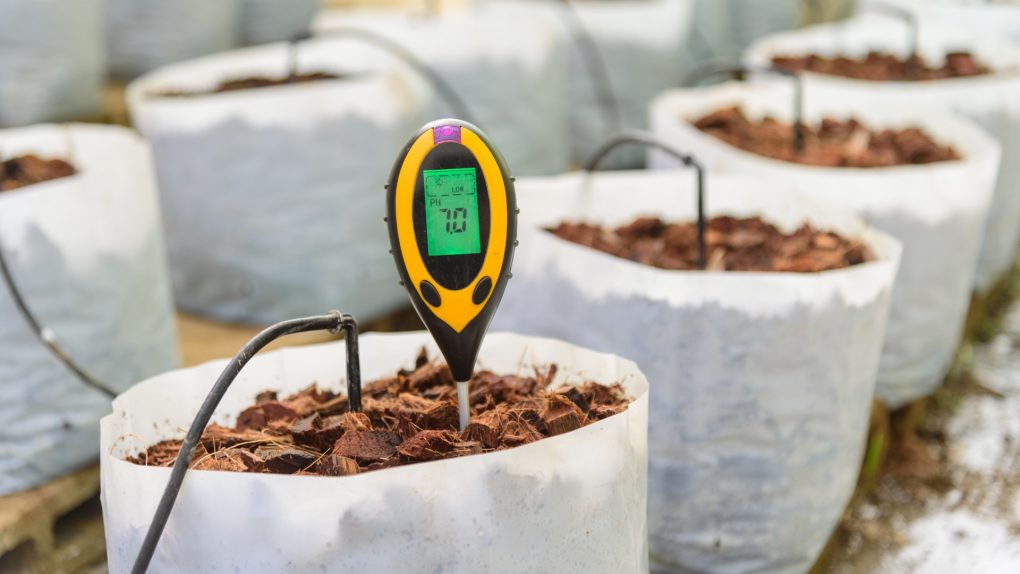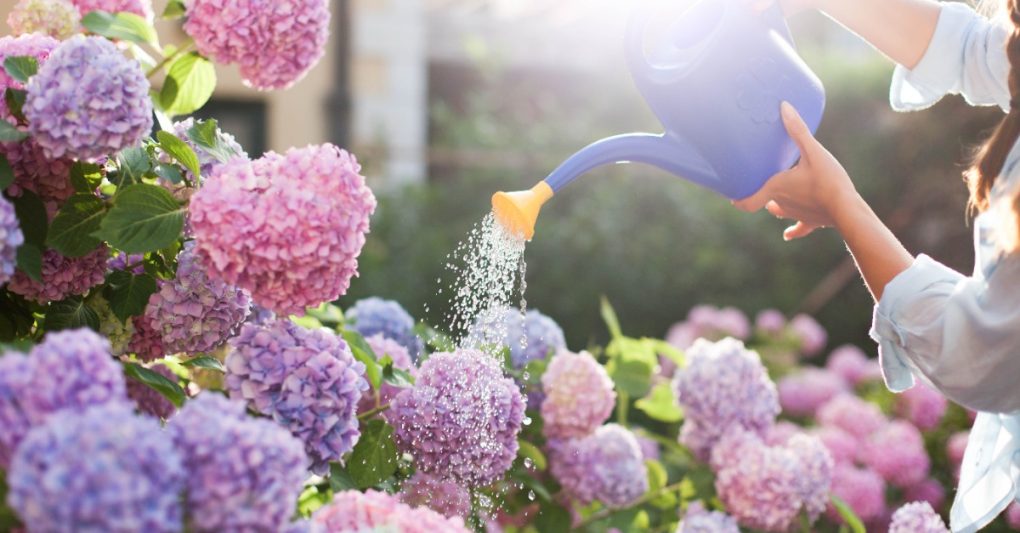How to Grow Hydrangeas Faster: Tips and Tricks for Quick Growth
To grow hydrangeas faster, provide them with optimal growing conditions that promote quicker and healthier development. For example, choose a planting site that receives partial shade to direct sunlight, maintaining a balance of 4-6 hours of sunlight per day, as too much sun may hinder growth or cause leaf burn.

To ensure that the soil is well-draining and rich in organic matter, add compost or well-rotted manure to the planting hole for added nutrients to encourage faster growth.
Another important aspect is consistent watering. Hydrangeas require moist but not soggy soil. They should be watered at the root zone, avoiding wetting the foliage to prevent diseases, and consistently checked for proper soil moisture.
Additionally, apply a balanced slow-release fertilizer twice during the growing season; once in early spring and once in mid-summer. Pesticide or insecticide use may be necessary for pest protection. Finally, prune old woody stems in late winter to encourage new growth during the warmer months.
Table of Contents
Planting Hydrangeas
When it comes to growing hydrangeas faster, planting them correctly is key. Here are some tips for planting hydrangeas:
Planting Time
The best time to plant hydrangeas is in the spring or fall when the weather is mild. Avoid planting them in the middle of summer or winter when temperatures are extreme.
Planting Depth
The planting depth for hydrangeas depends on the size of the root ball. You should dig a hole two times wider than the root ball and just as deep. Make sure the root ball is level with the soil.
Spacing
When planting hydrangeas, space them 3 to 10 feet apart, depending on the variety. This will give them enough room to grow and spread out.
Following these planting tips can give your hydrangeas a strong start and help them grow faster.
Caring for Hydrangeas
Hydrangeas are beautiful and easy to grow, but to get them to grow faster, it’s important to take good care of them. Here are some tips for caring for hydrangeas:
Pruning
Pruning is an important part of caring for hydrangeas. It’s best to prune them in late winter or early spring before they grow. This will encourage them to grow faster and produce more blooms. When pruning, be sure to remove any dead or diseased branches and any branches crossing or rubbing against each other. You can also prune back the tips of the branches to encourage bushier growth.

Mulching
Mulching is another important part of caring for hydrangeas. A layer of mulch around the plant’s base will help retain moisture in the soil and keep the roots cool. It will speed up the plant’s growth and allow it to produce more blooms. In addition to leaves, you may use other materials as mulch, such as shredded bark, compost, or leaves. Just make sure you keep the mulch a few inches away from the plant’s base to avoid rot.
Pest and Disease Control
Hydrangeas are generally not prone to pests and diseases, but it’s still important to watch for any problems. Common pests include aphids, mites, and scale insects. Neem oil or insecticidal soap can be used to control these insects. Diseases that can affect hydrangeas include powdery mildew and leaf spot. These can be controlled with fungicides or by removing infected leaves. It’s also important to keep the area around the plant clean and free of debris to prevent the spread of disease.
Encouraging Faster Growth
Hydrangeas are beautiful plants that can add color and life to any garden. If you want to encourage faster growth in your hydrangea bushes, you can try a few techniques.
Increasing Soil Acidity
Hydrangeas thrive in acidic soil with a pH between 5.2 and 5.5. If your soil is not acidic enough, add aluminum sulfate or sulfur to increase its acidity. You can also use a fertilizer that is specifically designed for acid-loving plants. Do not overdo it, as too much acidity can harm your plants.

Fertilizing Techniques
Fertilizing your hydrangeas can also help them grow faster. For example, you can use a slow-release fertilizer in the spring or a liquid fertilizer every two weeks during the growing season. Be sure to follow the instructions on the fertilizer package and avoid using too much fertilizer, as this can damage your plants.
Another technique is to add compost or well-rotted manure to the soil around your hydrangeas. This will give them the nutrients they need to grow quickly and produce more blooms.
Watering Practices
Hydrangeas need consistent moisture to grow well. Be sure to water them regularly, especially during dry spells. You should avoid overwatering to prevent root rot. Generally, you should water deeply once a week, but adjust based on your climate and soil type.

You can also mulch around your hydrangeas to help retain moisture in the soil. Use a layer of organic mulch, such as wood chips or shredded leaves, and make sure the mulch is kept away from the plant’s base to avoid rotting the stems.
